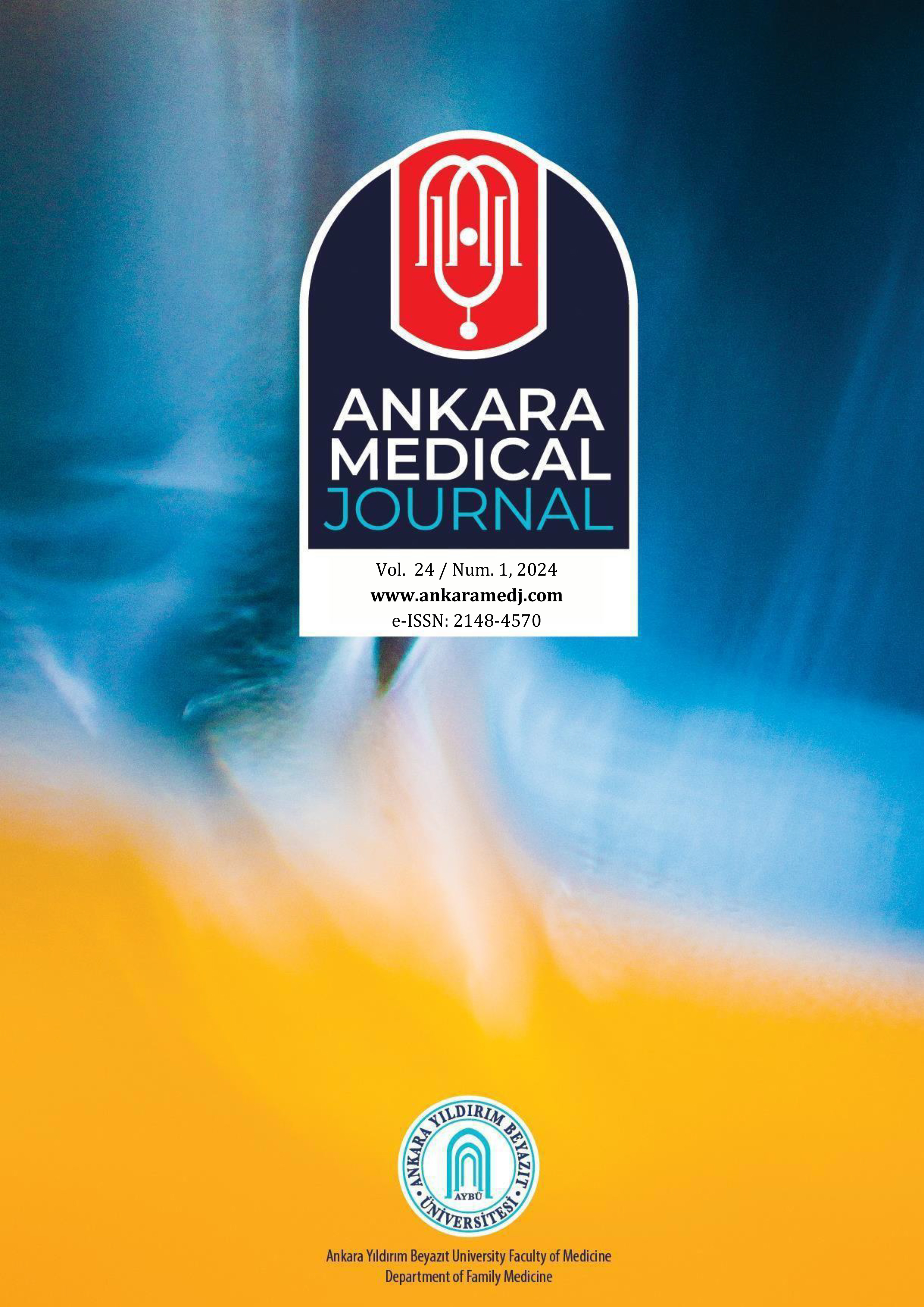Effects of Umbilical Cord Clamping Time After Birth on Risk of Postpartum Depression
Asiye UzunDepartment Of Obstetrics And Gynecology, Medipol University, IstanbulINTRODUCTION: To assess the effects of umbilical cord clamping time on risk of postpartum depression.
METHODS: The study included pregnant cases giving birth after 36 weeks from 24 January 2020 to 01 April 2020 in our clinic. Those with previous depression history, chronic disease, multiple pregnancy, puerperant women with impaired hemodynamics after birth, and neonates with poor Apgar score after birth or who required resuscitation were not included. The postpartum umbilical cord clamping time was classified according to the World Health Organization as late 1 minute or more and early under 1 minute. Patients were evaluated in two groups according to this grouping. During the follow-up examination performed in the postpartum 1 month, the risks in terms of postpartum depression were evaluated with the Edinburgh Postpartum Depression Scale given to the patients in the outpatient clinic.
RESULTS: The study included 176 pregnant cases with birth after 36 weeks. Both groups were not observed to be different in terms of sociodemographic characteristics, obstetric history and birth information (p≥0,05). In both groups, mean EPDS points were identified as 11.07±1.97 in the late clamping group and 13.23±1.61 in the early clamping group and this was statistically significant (OR=6.36; p<0.001).
DISCUSSION AND CONCLUSION: With our study results, we identified that cases with late clamping of the umbilical cord had lower risk of postpartum depression
Doğum Sonrası Göbek Kordonu Klempleme Zamanının Postpartum Depresyon Riski Üzerindeki Etkileri
Asiye UzunMedipol Üniversitesi Tıp Fakültesi,kadın Hastalıkları Ve Doğum Ana Bilim Dalı, İstanbulGİRİŞ ve AMAÇ: Doğum sonrası göbek kordonu klempleme zamanının post partum depresyon üzerindeki etkileri değerlendirmek
YÖNTEM ve GEREÇLER: Çalışmaya kliniğimizde 24 Ocak 2020 - 01 Nisan 2020 tarihleri arasında 36 hafta sonra doğum yapan gebeler dahil edildi. Daha önce depresyon öyküsü olanlar, kronik hastalığı olanlar, çoğul gebelikler, doğum sonrası hemodinamisi bozulmuş lohusa dönemindeki kadınlar ve doğumdan sonra Apgar skoru düşük olan veya resüsitasyon gerektiren yenidoğanlar dahil edilmedi. Postpartum göbek kordonu klempleme süresi Dünya Sağlık Örgütü'ne göre 1 dakika geç veya daha fazla ve 1 dakikadan erken olarak sınıflandırıldı. Hastalar bu gruplamaya göre iki grupta değerlendirildi. Postpartum 1. ayda yapılan takip muayenesinde poliklinikte hastalara verilen Edinburgh Doğum Sonrası Depresyon Ölçeği ile postpartum depresyon açısından riskler değerlendirildi.
BULGULAR: 36 hafta üstünde olan 176 normal doğum yapan gebe çalışmaya dahil edildi. Her iki grupta sosyodemografık özellikler, obstetrik öykü ve doğum bilgileri açısından fark görülmedi. Her iki grupta ortalama EDSDÖ puan ortalamaları geç klemplenen grupta 11,07±1,97; erken klemplenen grupta 13,23±1,61 olarak tesbit edilmiş olup istatistiki olarak anlamlı olarak bulunmuştur (OR=6,36; p<0,001).
TARTIŞMA ve SONUÇ: Çalışmamız sonucunda göbek kordonu geç klemplenen gebelerde postpartum depresyon riskinin daha az olduğunu saptadık.
Corresponding Author: Asiye Uzun, Türkiye
Manuscript Language: English
(927 downloaded)





